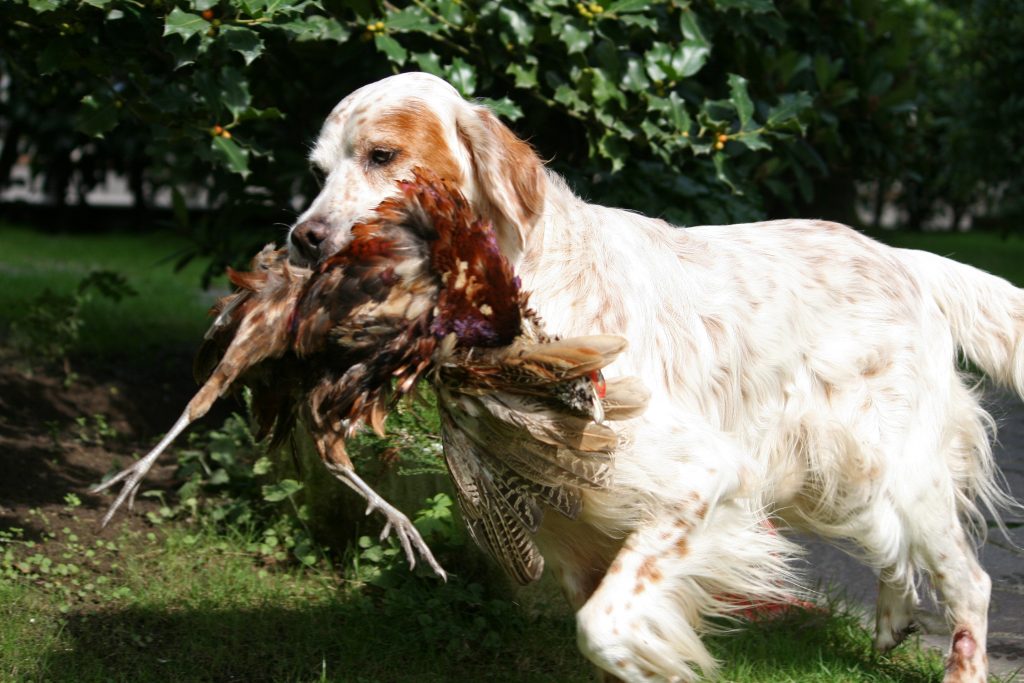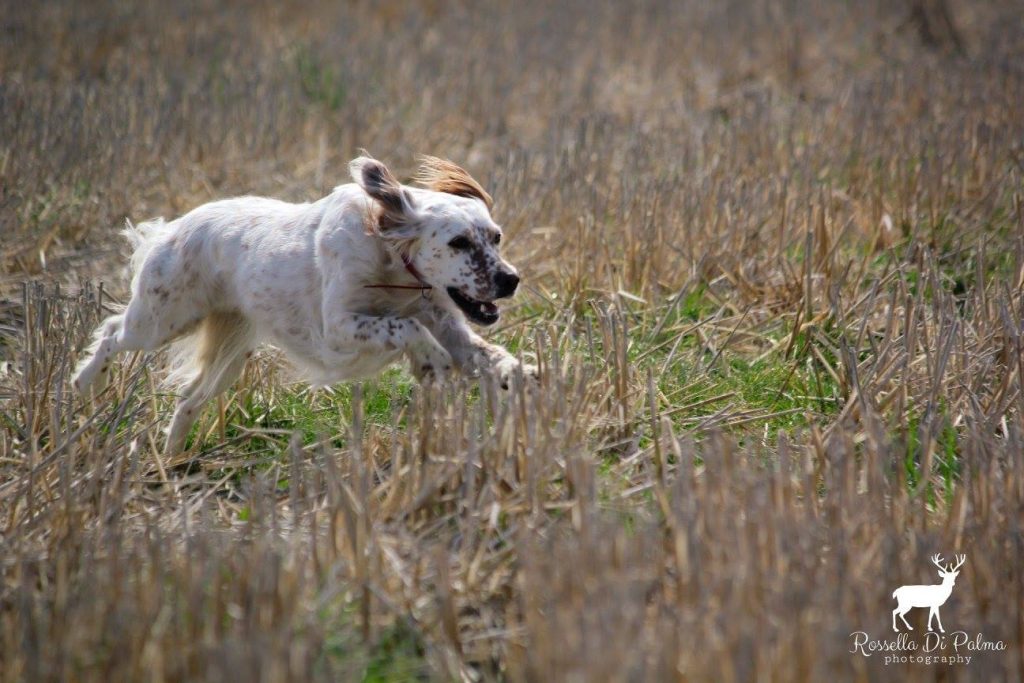When dog training meets pragmatism
There are instances in which you need someone reliable and pragmatic by your side. It is not only soldiers on battlefields who need mates full of practical sense and decisiveness, dog people need them as well. Some dog people, especially those with red hair who get lost in training philosophies and follow shamans, need these people more than others.
After religiously following White Feather for more than six months, Briony decided that it was time for a change, she wanted less discipline and more freedom, I could hardly find the balance. WF training grounds, furthermore, were no longer available as the alfalfa and other crops were growing quickly. No other suitable training ground was available: spring was coming with its crops which were going to make impossible to run a dog anywhere. My only option was to go to some private areas, called Zone B or Zone C, in which dogs are allowed to run all year round, there I went. My first training sessions were short, I wanted to play on the safe side, until one morning, C. showed up accusing me to train at a “snail speed”.
I first met C. in 1999, I just had to say goodbye to Massachusetts for good, my former dog had died and I decided it was time to treat myself with an English Setter. After all I had wanted one since I was a 10 years old child. Given my unhealthy tendency to save the world and rescue those in need, I had absolutely no interest in a puppy: I wanted a rescue and I got one. I fell for a sweet and gentle orange belton male who reciprocated my feelings immediately and with too much enthusiasm: after eight hours in my house he had already developed a severe form of separation anxiety. I knew he had been poorly socialized, kept kenneled for three years and then trained (aka abused) by a professional trainer. I knew he had all the reasons to behave like he did but…living with him was hell! I follow the manual: undertook a behavioral therapy; enrolled him in an obedience class; started him as a search & rescue dog and even gave him antidepressants, improvements, however, were small and slow. His breeder, happy to know the dog had been safely re-homed, gave me his pedigree and I realized Socks was meant to be a working dog, he even had a great ancestry. He was my first “gundog” but, my previous experience with other breeds told me that, MAYBE, letting him do the job he was born for, could have helped him to overcome all his fears.

At the time, however, I had no idea of how an English Setter was supposed to work; of how I should have handled him and of what I needed to teach him. I read books, which is what I do when I need to learn something, but I wanted to meet someone who could provide a face-to –face support. Given Socks’ behavioural problems, I could not board him at a professional trainer’s kennel and… professional trainers boarding their pupils seemed to be the only people training English Setters. I tried to ask some shooters for advice, but none seemed to take seriously a young and inexperienced woman with a rescued ES. Women with English Setters in Italy are still very rare in 2016, imagine how the situation could have been in 1999: it was, and still is, a male dominated and male oriented world! Opportunities, however, often show up when you least expect them and, Monica, a woman training GWPs in sunny Tuscany, phoned to tell me she had the “men” for me, and that they were located just a few miles away from my house. To make the long story short, Monica contacted two famous drahthaar (GWPs) handlers and trainers and convinced them to help me. One of them could not offer any support at the time (he did later), while the other one was brave enough to accept to work with us.

For about two months, I trained at least twice a week with C., who was already a quite successful trainer and handler in Italy and in Germany. We worked mainly on recall, but he taught me some very basic things I would have never imagined at the time, such as how to use the whistle and how to keep the dog focused on me by changing directions. Socks improved, and I later continued to work him by myself and for himself: I knew he was not going to become a great shooting dog, I simply wanted him to enjoy life and become more sure of himself. I think I last trained him with C. on quails in 2004, I then moved to work with other setters on the hills and we never had other chances to train together, We always kept in touch though and in the years, I sent him some “clients” who, together with other dogs he worked with, gave him the opportunity to become one of the most successful HPRs trainers I know.
C. is now a well known “pro”, specialized in training GWPs for German Hunting Tests (VJP/HZP/VGP) and personal rough shooting dogs, I was not surprised to meet him on the training ground dealing with a GSP who used to eat and swallow quails. I watched his pupil running, and saw she retrieving the quail correctly after the shoot, so I asked the gamekeeper if C. had already solved the problem. “
“No… The dog never eats the quail in his presence, just with the owner. It should be a matter of body language and stance, look at him…. But he needs the dog to make the mistake to correct her… He is the best trainer working on my ground”.
I kept watching and nothing happened on that day, until it came my turn to run the dog. “Let her go” – yelled someone behind my back “- but when you whistle be firm, and yell at her if needed. The key to freedom is control”, easier said than done! That was just the preface.

When C. Found out I was training Briony for grouse trials, he started to behave as if he wanted to be part of the project. We kept meeting on the training ground by chance but, each time we met, he had some good advice for me. He never tried to train Briony in my place, nor to ditch the Shaman methods, he simply intervened, firmly and pragmatically, to speed up my training and to teach me to be more sure of myself and of my training. I think he somehow trained me: he was the person who forced me to remove the check cord and the same one who encouraged me to forget quails and start testing steadiness using partridges and pheasants. He also encouraged me to trust the dog more and to run her on other grounds to see how she would react to different birds in different places. He watched all my moves and all my handling, corrected my mistakes and created new, more advanced (that was smart!), settings in which to test Briony. He minimized my concerns on rabbits and even lent me an expensive bird launcher. Well to be honest he lent that but… recommended me several times to switch it off after each use and… not to loose it (as if it were small!). So, well, thank you C. for being one of those experienced and helpful people who made grouse trials possible for me and Briony.